No products in the cart.
Description:
Bhabanipur Shaktipeeth is located in Bogra in the Rajshahi Division of Bangladesh at about 28 kilometres distance from the town of Sherpur. The temple complex comprises an area of around four acres. It has the Main Temple, four temples dedicated to Lord Shiva and a Patal Bhairav temple dedicated to Vaman. It also has a Belbaran Tala, the famous Shakha Pukur, a Sevangan, a Gopal temple, a Vasudev Temple, a Nat Mandir and on the extreme north, a Panchamunda Asana idol.
History and Significance:
After Sati’s self-immolation, when Shiva began the dance of destruction across the universe, Lord Vishnu had hurled his Sudarshan Chakra at the burnt corpse. Various parts of Sati’s body had fallen in different parts of the Indian subcontinent. It is said that Sati’s left anklet had fallen in Bhabanipur, although there are various conflicting theories and sources which say that it wasn’t her left anklet but her right eye or the ribs of the left side of her chest. Because of its status as a Shakti Peeth, Bhabanipur has been an important site for Hindu pilgrims, irrespective of the sect.
Bahula Temple, West Bengal
Nowadays, the Bhabanipur Temple Development, Renovation and Management Committee looks after the temple. This committee facilitates tourists and pilgrims on every step of the day. It provides buses and cars for travelling, hotels to spend the night and is, at present, determined to renovate the temple walls. This peetha had also come under the spotlight of late when the Bangladesh armed military forces had destroyed a guesthouse built by the abovementioned committee.
The Bhabanipur Shrine is consecrated to the goddess Ma Bhabani: a powerful form of Ma Durga. The form of Shakti is called Arpana and the stone that is worshipped is symbolic of Ma Sati’s left anklet. The Bhairav who protects the anklet is Vaman, and is said to be a manifestation of Shaivite energy. Alternatively called Aparna, Bhavani and Tara, this deity has several legends associated with her. Etymologically, ‘Bhavani’ means one who rules the universe, ‘Arpana’ means one who is dedicated to Lord Shiva and ‘Aparna’ refers to one who is so lost in worship that even the falling leaves go unnoticed by her. Tara Ma is said to be the most ferocious form of Durga. As there is no idol of Bhawani, a Kali idol is worshipped in this temple.
There are several legends associated with this peetha. It is said that the King of Nator and his grandson the Maharaja Ramkrishna used to meditate near this temple. The seat, the yagna kunda and the five skulls they famously worshipped are still present at the site. Another popular legend which gave Shakha Pukur – the Pond of the Conch Bangles- its present name is of this: once, a poor seller of conch bangles met a little girl near the temple who asked for some conch bangles. Charming and full of life, she asked the bangle-seller to collect the money for the bangles from the Rajbari which he agreed to do. When the queen Rani Bhavani heard about this incident, she went to the place herself, for there were no little girls in the royal family at that time. The bangle-seller realised she was none other than the goddess Bhavani and began praying to her. The goddess soon emerged from the waters of the pond with her arms full of conch bangles and blessed everyone.
There are two main temple festivals that happen in a year. Ramnavami or Deepanvita is a large fair (mela) that is conducted in the month of Chaitra and Maghi Poornima is observed when the full moon of the month of Magha bestows its silver light on devotees. There are yagnas, rounds of storytelling and special aratis that accompany these festivals. Devotees take a dip in the holy waters of Shankha Pukur: the legend of which we shall soon arrive at. Other festivals include Durgostav in October, Deepannita Shyama Puja and Nabanya in the Bengali month of Agrahayon.
There is a Pravati and Balya Bhog worship that is conducted early in the morning and then there is an Anna Bhog at noon. The evening witnesses an arati and a Sandhya Bhog. Devotees offer a bhog to the divine mother. Prasad is distributed after every bhog.
Nowadays, there is a Bhabanipur Temple Development, Renovation and Management Committee that was established to look after the temple. This committee facilitates tourists and pilgrims on every step of the day. It provides buses and cars for travelling, hotels to spend the night and is, at present, determined to renovate the temple walls. This peetha had also come under the spotlight of late when the Bangladesh armed military forces had destroyed a guesthouse built by the abovementioned committee.
2 thoughts on “Bhabanipur Shaktipeeth, Bangladesh”
Leave a Reply
You must be logged in to post a comment.

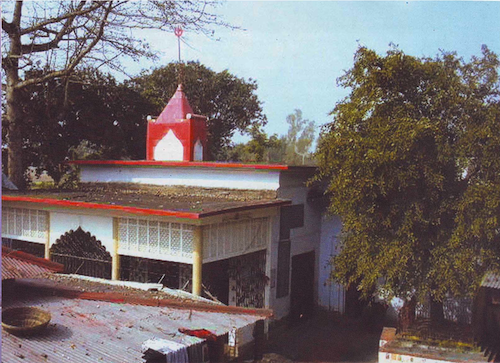
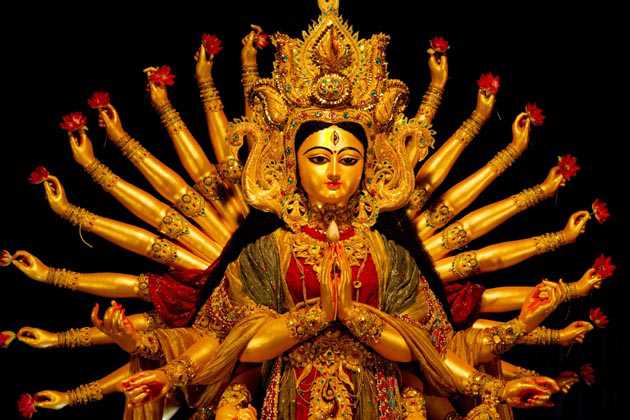
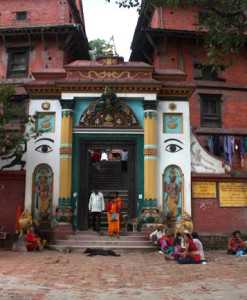
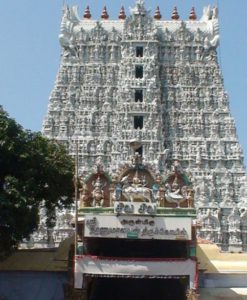
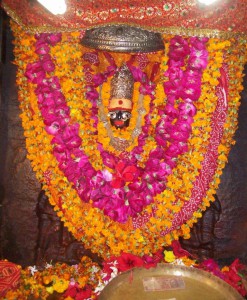
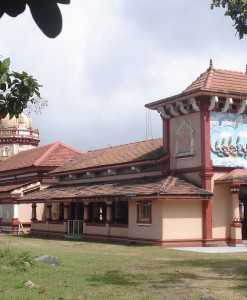
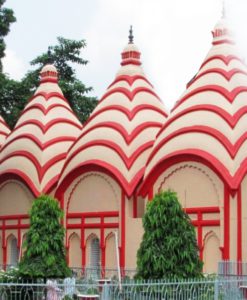
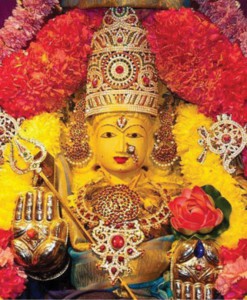
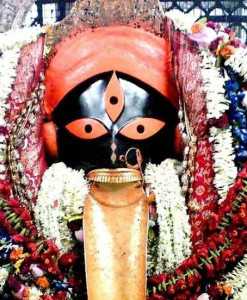
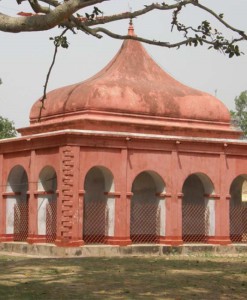
This temple which is located along the Karatoya river is a place of worship for the Hindu goddess Shakthi or Maa Durga. An extremely powerful god , she is being worshiped by many. Though it is a little tedious to get to this place , a lot of devotees living in and around make it a point to visit the temple during the Ramanavami or the Maghi Poornima festival.
A very powerful temple where in the idol of Ma Kali is worshiped here. Some people here believes that the left feet of the lordess Sati fell in this place. Since this temple is a little in outskirts , we found it quite difficult to reach here. Regular poojas are done here. We were told that they are planning to build a couple of restaurants so that it would be convenient for the devotees who come here.